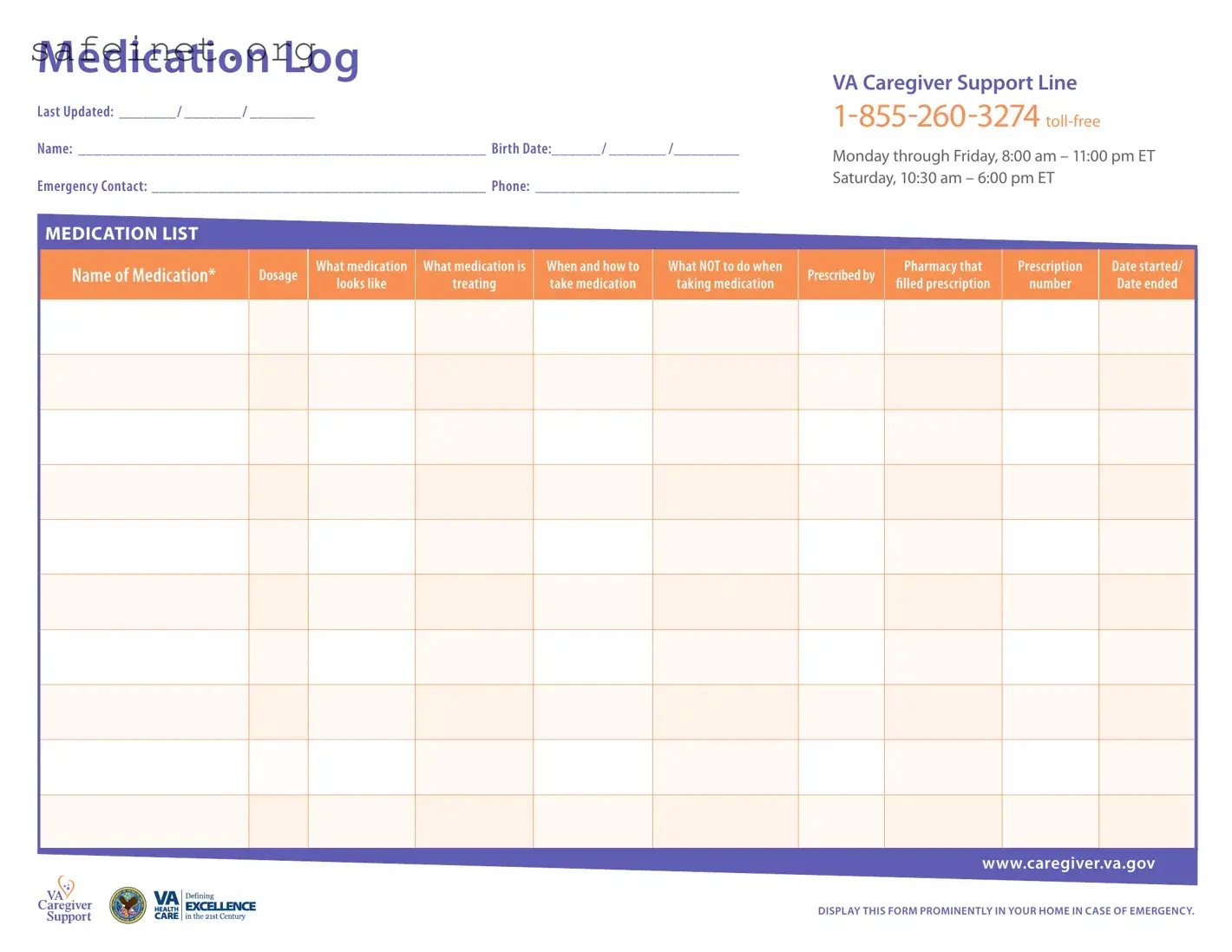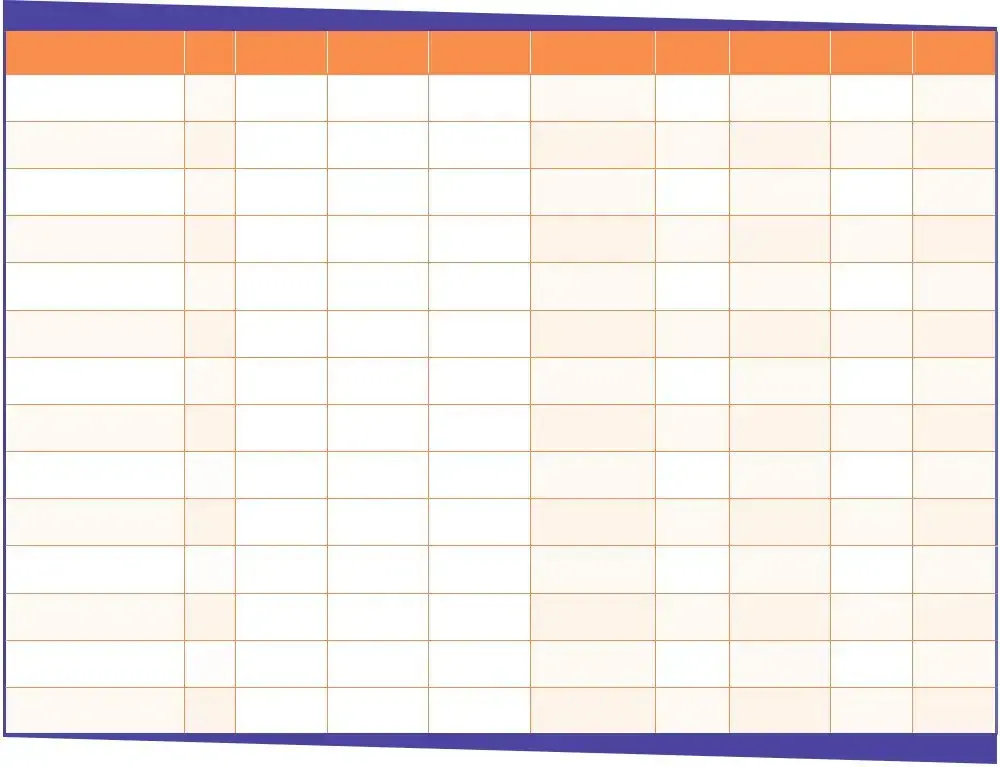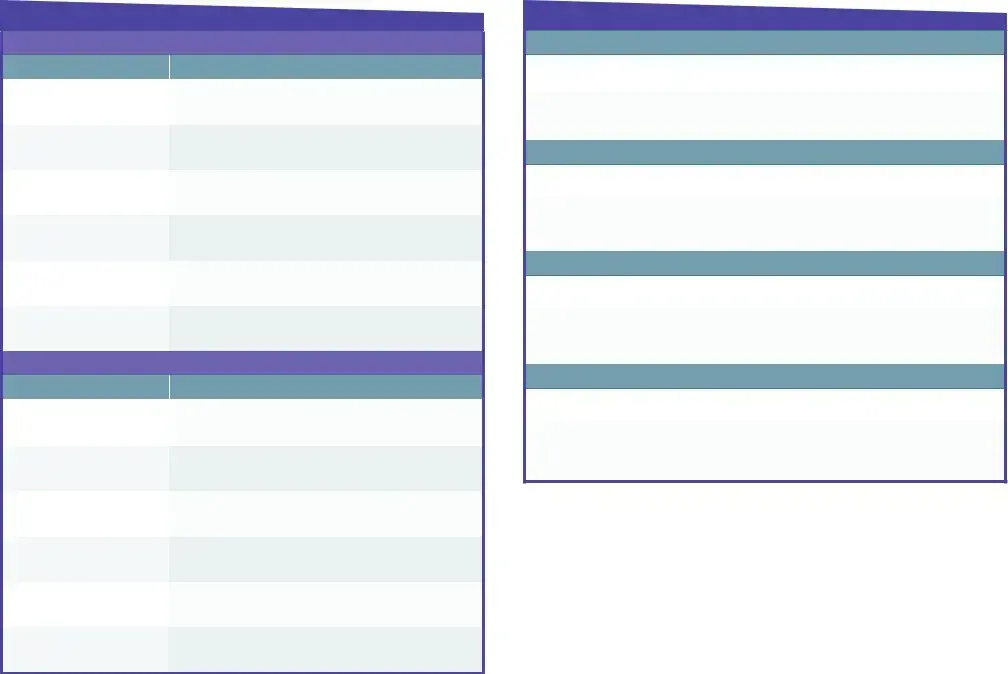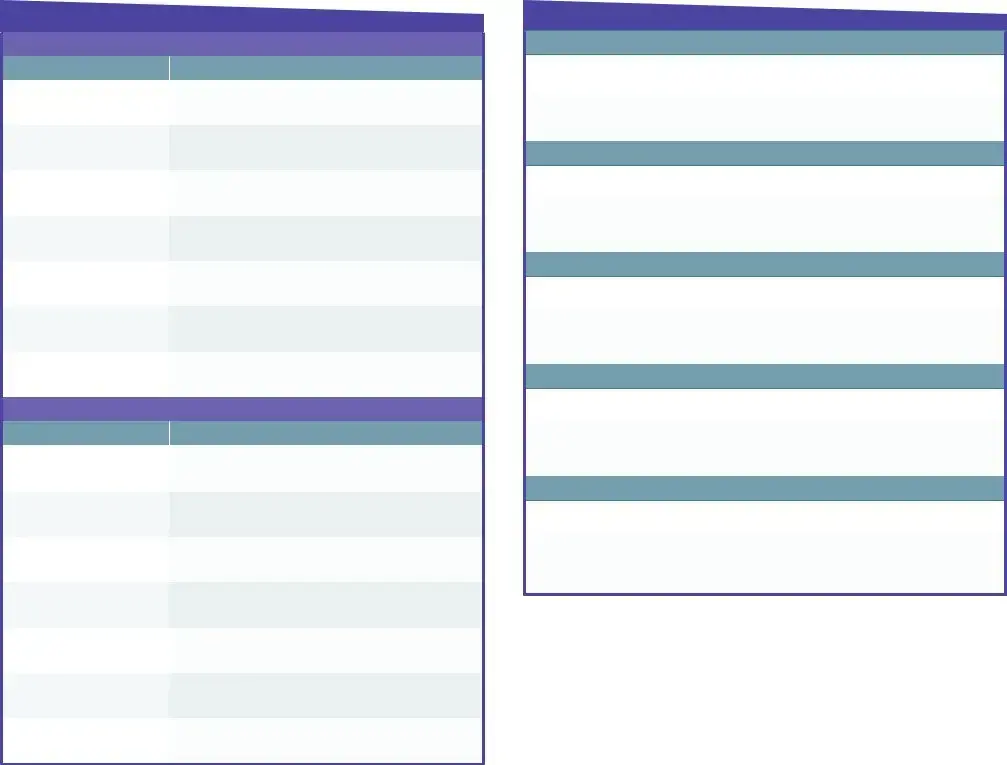The Medication Administration Record (MAR) is similar to the Medication Log in that it is used for tracking medications a patient is prescribed. While the Medication Log serves as a master list for caregivers, the MAR is typically utilized in medical facilities to document each time a medication is administered. Clear and concise records of dosage, timing, and any reactions are maintained in the MAR, ensuring that healthcare providers can easily confirm what medication has been given to a patient and when.
The Patient Medication List provides a summary for individuals and families about what medications a patient is currently taking. Much like the Medication Log, this document includes crucial details like dosage and prescribed timing. However, it usually lacks the detailed sections for reactions and physician contact information that the Medication Log offers. The focus here is more on presenting a quick glance at all medications for easy reference, rather than a comprehensive tracking of administration and side effects.
The Prescription Record Document captures essential information when a prescription is filled. Similar to the Medication Log, it includes details about medication names and dosages. However, this document primarily focuses on the specifics related to the prescription process, such as the pharmacy where the prescription was filled and relevant dates. It lacks the ongoing treatment tracking elements found in the Medication Log, which is intended for active daily use.
The Allergy and Reaction Documentation is aligned with the Medication Log's section on drug allergies and other significant reactions. Both documents aim to keep a record of adverse drug reactions for patient safety. The main difference lies in the breadth of usage; while the Medication Log is comprehensive in detailing both current medications and reactions, allergy-specific documents may focus primarily on identifying potential allergens and past negative responses to medications, without prescribing information.
The Caregiver Instruction Sheet is another document that bears a resemblance to the Medication Log, designed to provide caregivers with essential information guiding patient care. This sheet often details how to administer medications properly and includes warning signs to watch for. While both documents cater to the needs of caregivers, the Instruction Sheet is more about “how to” care for a patient, whereas the Medication Log is a running registry of medications and related information.
The Clinical Assessment Form may also reflect similarities with the Medication Log. This document is often used to record a patient’s overall health status, including medication effects, side effects, and adjustments made during clinical visits. Both documents encourage the tracking of medication responses, but the Clinical Assessment Form is broader, addressing various aspects of a patient's health beyond just medications.
The Health History Questionnaire often resembles the structure of the Medication Log as it seeks to gather vital health information, including medications. While it may include questions regarding current medications, the focus is usually on past health issues, surgeries, and treatments. This document is essential for creating a comprehensive health profile but does not serve the same ongoing management purpose that the Medication Log provides.
The Discharge Summary is similar in purpose as it serves to communicate important medication information to both the patient and follow-up care providers once the patient leaves a healthcare facility. Both the Discharge Summary and the Medication Log aim to ensure continuity of care, providing essential details related to medications prescribed. However, the Discharge Summary is more of a one-time report while the Medication Log functions as a dynamic, ongoing document to be updated regularly.




